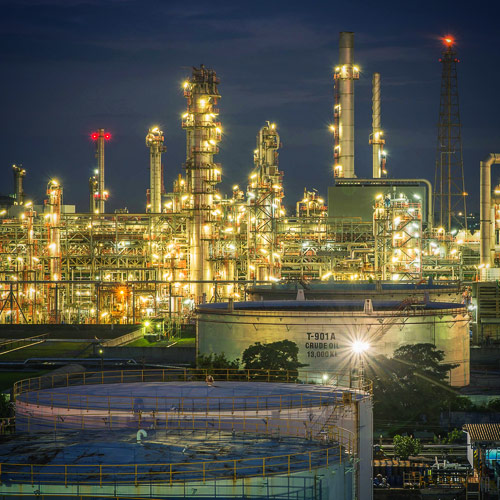Recommendations to Reduce the Impact of the Mechanisms of Corrosion in Amine Systems
Corrosion is a costly problem in the oil and gas production industry, with significant safety and exposure risk. It continues to be an industry challenge due to its complexity and difficulty to fully resolve. Revenue loss from an amine plant shutdown due to corrosion can be significant.
In a refinery, the inability of the acid gas removal unit (AGRU) to treat acidic refinery fuel gas (RFG) coming from unit operations may reduce the ability of the refinery to run at capacity cutting back on refinery output of final products such as gasoline and diesel. If a 100000 b/d refinery is forced to run 10% (10000 b/d) below capacity due to AGRU issues and assuming refinery products are averaging a selling price of $2/gal, revenue loss is in the range of $840 000/day.
To minimize corrosion in amine systems, many factors need to be considered, from original design to operation, maintenance and troubleshooting. Effective corrosion management is an important aspect of amine system management. In this article, we will review a range of amine system corrosion management issues and focus on the ability of effective solids management to achieve amine corrosion control.
Learn how to reduce the impact of amine system corrosion. In this technical paper, Pall filtration and separation experts cover a multitude of factors that can cause corrosion and industry recommendations to help with these complex challenges.




